Vulva is all the external genitalia including: the mons pubis, labia majora, labia minora, clitoris, vaginal opening and urethral opening.
Mons pubis covers the pubic bone. It’s made up of fatty tissue and is covered in pubic hair after puberty.
Labia are the lips of the vagina. The labia minora are inside the labia majora, and the area between them is called the vestibule. The labia majora are usually covered in public hair after puberty. The normal shape and size of labia vary a lot between people.
Clitoris is covered in nerve endings and the source of pleasure for many people. The tip of the clitoris (glans) is covered by the hood created where the labia minora meet. The clitoris extends inside the body (shaft) and splits into two wishbone shapes that curve back, around and down (crura).
Vagina is also known as the birth canal. The walls are of the vagina are flexible, muscular and can be the source of pleasure for many people during sex. The vagina extends into the body up to the cervix. It is the route a baby travels in birth and where menstrual blood leaves the body during menstruation.
G-spot (Grafenberg Spot) is a small lump about 1/3 up the anterior (front) wall of the vagina. The g-spot is a source of pleasure for some people during sex.
Cervix is at the bottom of the uterus. It dilates (opens) during childbirth, but is closed the rest of the time.
Ovaries At birth, the female ovary contains about 350,000 egg cells. Beginning in puberty, and continuing until menopause, a single egg is released in each menstrual cycle (about 400 times in a lifetime).
Fallopian tubes Each menstrual cycle, one mature egg will be released from one of the ovaries into one of the fallopian tubes. Over about one week, the egg travels along the fallopian tube to the uterus. During this time, if vaginal sex occurs, a sperm can travel to the fallopian tube and fertilize the egg. If fertilization occurs, the egg cell will develop into an embryo as it travels to the uterus.
Uterus Each menstrual cycle an egg will travel from an ovary through a fallopian tube to the uterus. If that egg is fertilized by a sperm and develops into an embryo, it will implant into the wall of the uterus, resulting in pregnancy. If the egg is not fertilized, then the lining of the uterus and the egg will break down. The blood and tissue are released from the uterus trough the vagina over a few days. This is known as a period or menstruation.
Urethral Opening is part of the urinary system. It is located between the clitoris and the vaginal opening. Urine leaves the body from the urethral opening.
Anus is part of the digestive system. It can be a source of pleasure for some people during sex.
Bartholin’s Glands are near the vaginal opening. They release a natural lubricant during sex.
Skene’s Glands are on either side of the urethral opening. They release fluid during female ejaculation.
Hymen is a thin tissue that stretches across some or all of the vaginal opening. The hymen can tear and bleed the first few times you put something inside your vagina. Once it is torn, it won’t grow back.









